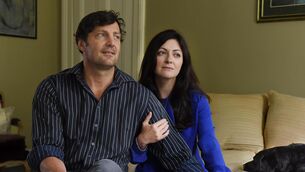Pupils will listen to galactic events thanks to satellite dish
A 32-metre satellite dish just outside Cork city, which was used to carry transatlantic phone calls in the 1980s, will be upgraded for use as a deep space radio telescope. It will be enable astronomers to “listen” to phenomena including:
* Enormous galaxy-scale jets from quasars.













